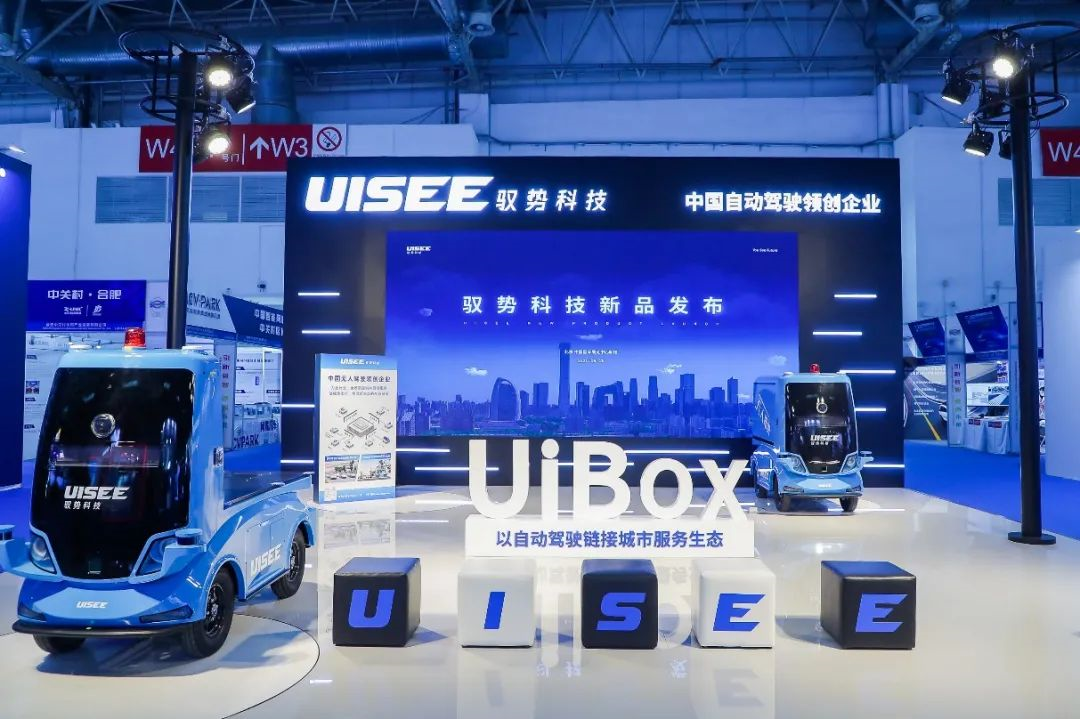Enjoying self-driving, you may not even have to buy a car.
On September 25th, the “2021 World Intelligent Connected Vehicles Conference (WICV 2021) and China International New Energy and Intelligent Connected Vehicles Exhibition” (hereinafter referred to as “WICV 2021”) opened at the China International Exhibition Center (New Hall) in Beijing. As an invited media, Super Charging Station participated in the release event of the Future Mobility booth.
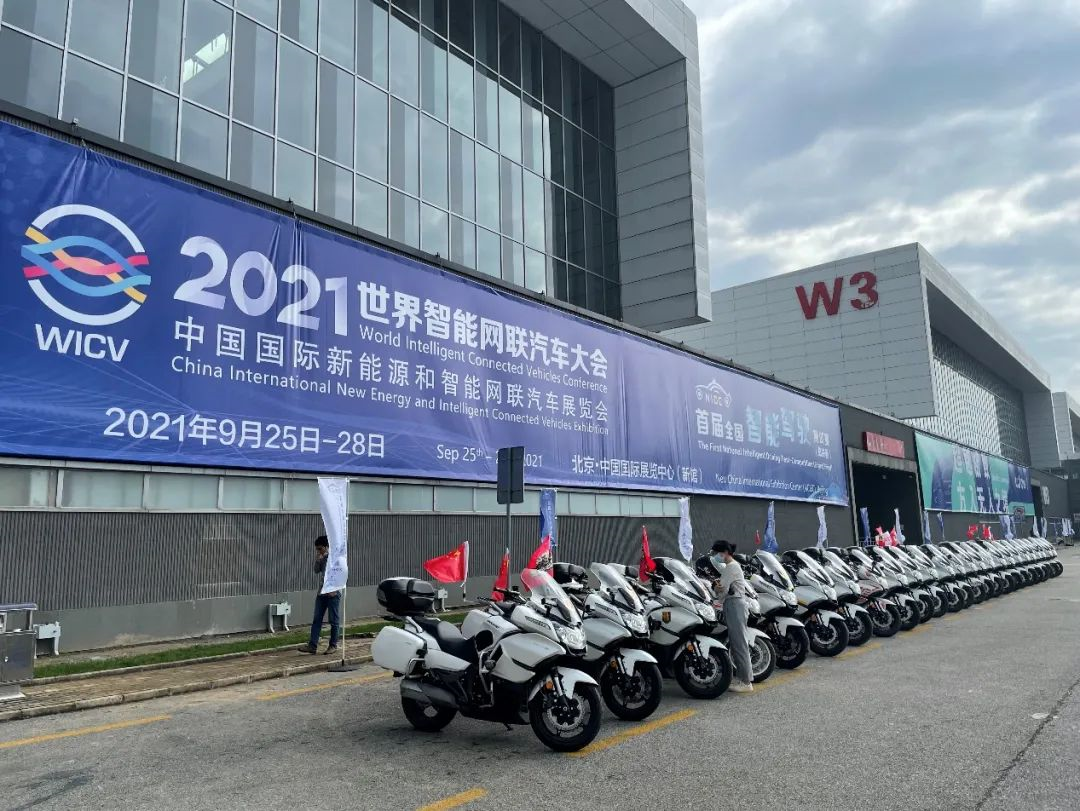
To be honest, before going to the exhibition, there was a bit of doubt in my heart — I have participated in many industry activities over the years, big and small, and I know that the louder the name, the greater the gap. And once a grandiose title like “World” is added, the actual content will only leave people with even more question marks.
However, fortunately, although the size is far from the large-scale auto shows, WICV 2021 still attracted many exhibitors in the intelligent connected vehicle industry chain upstream and downstream. In addition to automobile manufacturers, many information and communication technology (ICT), parts, and artificial intelligence-related enterprises have brought their latest research and development results to the exhibition.
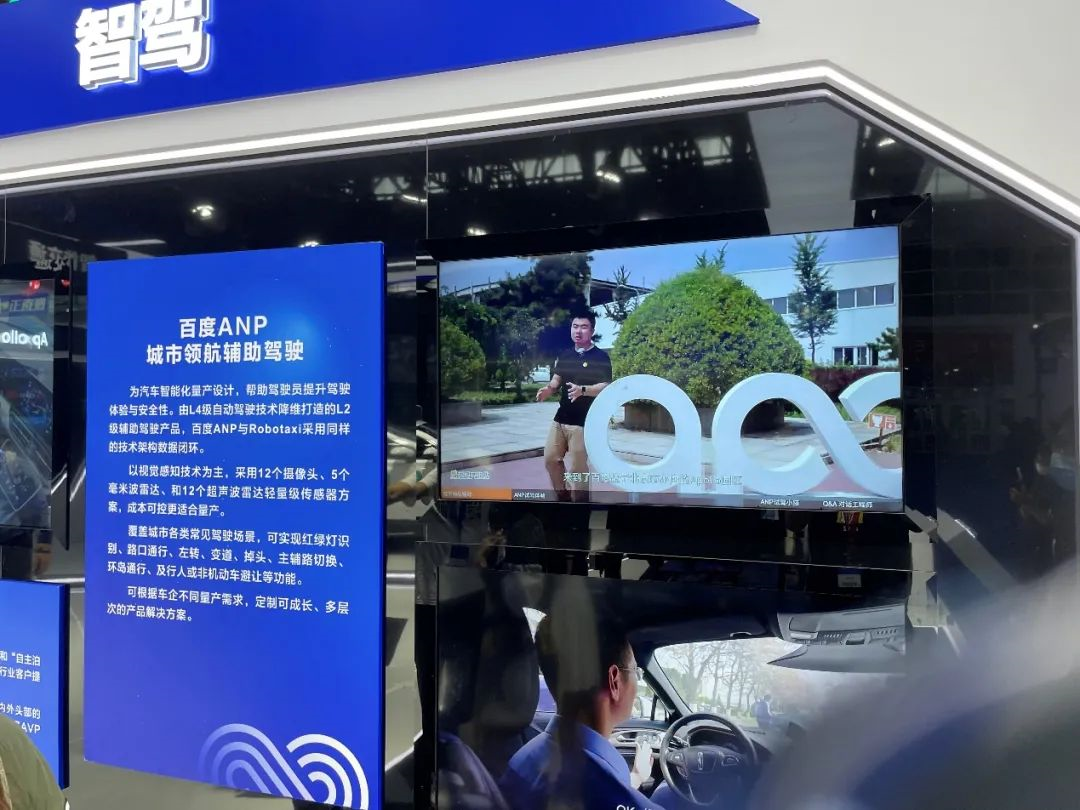
After attending the conference and walking around the venue, I have some new insights on self-driving:
Nowadays, self-driving technology seems to be an issue that every consumer who wants to buy a new energy vehicle cares about and considers.
But in fact, the scope of self-driving technology landing has far exceeded that of simply a car. The group of people who can experience the convenience of self-driving first may be those who do not usually care about cars and do not plan to buy a car.
To put it more bluntly, in the near future, if you want to enjoy the convenience of self-driving, you don’t need to buy a car at all.
The first place where changes will occur will be a more frequent and common consumer scenario that we all encounter in our daily lives: online shopping/food delivery.
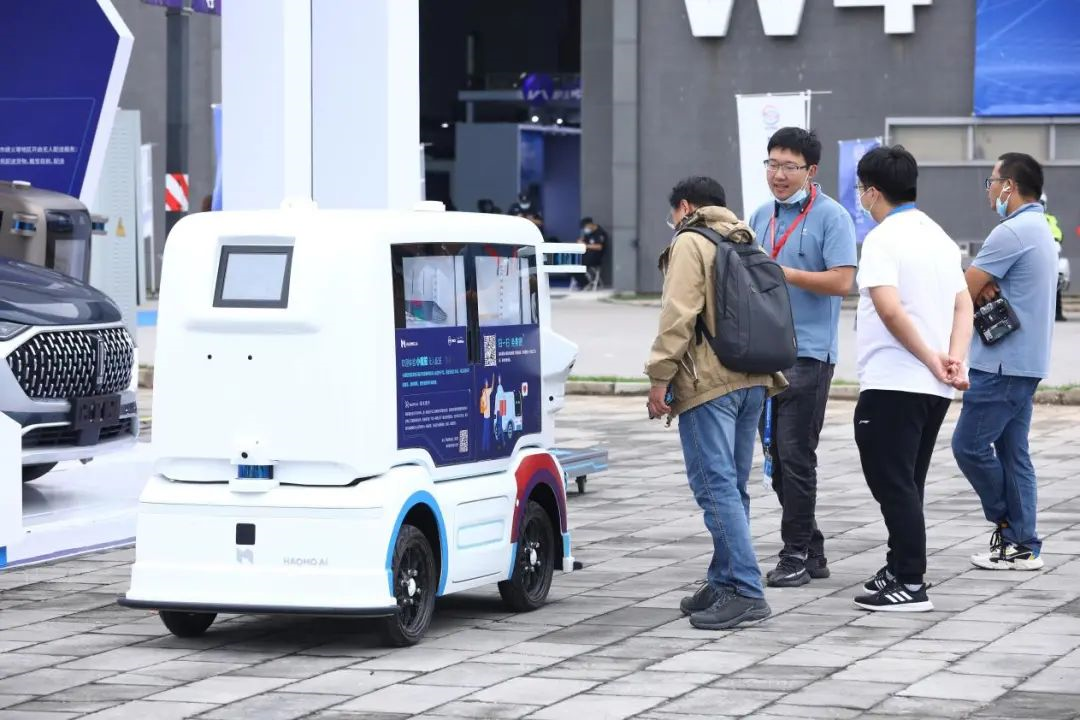
At WICV 2021, the “new products” released by Future Mobility do not have much to do with passenger cars, but rather their UiBox self-driving solution and the first landing product, UiBox unmanned delivery vehicle, which has reached level L4 of self-driving capability.
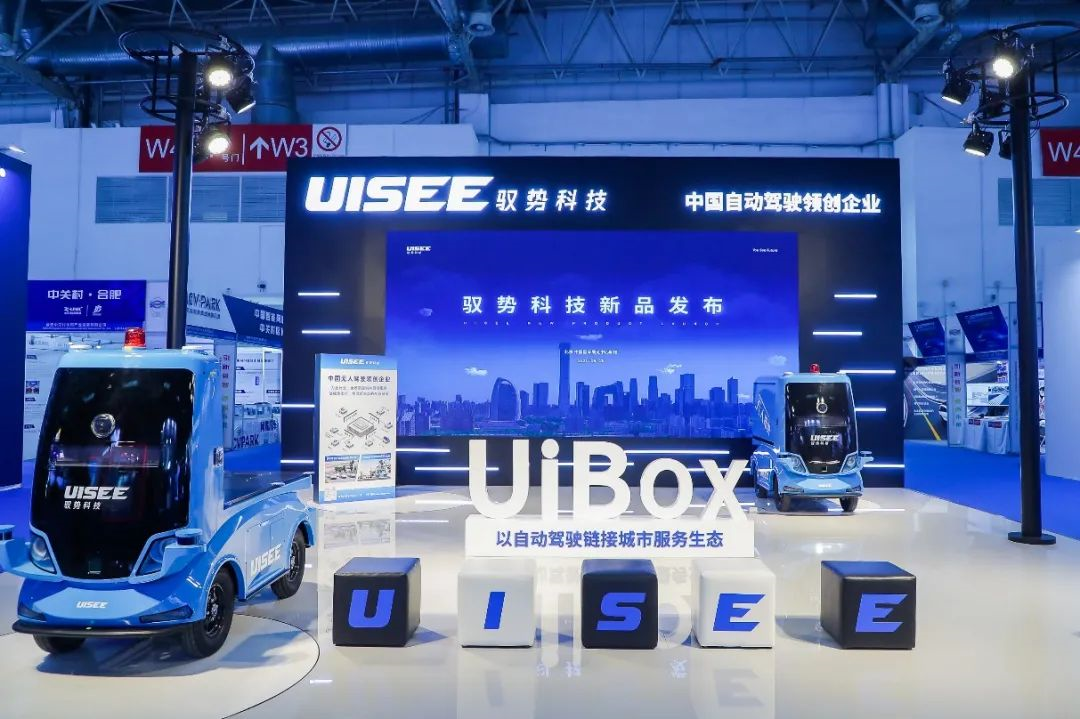
UiBox is positioned to provide various smart city services based on Future Mobility’s AI driving capabilities in an X+1 model.The number “1” refers to the UiBox basic autonomous vehicle, which is built on the U-Drive®️ general autonomous driving technology stack developed by E-Sight Technology. It is equipped with three hybrid solid-state radars, two LiDARs, and seven cameras, and has complete vehicle-to-cloud autonomous driving capabilities. It can handle open road complex scenarios including urban villages, urban-rural junctions, and downtown areas.
X corresponds to UiBox basic autonomous vehicle’s ability to expand its application scenarios. In addition to serving as an autonomous delivery vehicle, it can also “transform” into autonomous cleaning vehicles, autonomous inspection vehicles, autonomous retail vehicles, and other products, flexibly adapting to more offline scenarios.
According to E-Sight Technology’s official introduction, the UiBox autonomous driving solution has shared the supply chain with a variety of vehicle models, and has cost advantages and quality advantages. It can provide basic vehicle models, AI driver services, and joint development of three business cooperation models for partners. It can also flexibly access various business backends. Currently, UiBox series products have launched overseas community delivery services in Saudi Arabia.
E-Sight Technology stated that its independently developed U-Drive® general autonomous driving technology stack is currently deployed in scenarios such as automobile manufacturing, dangerous chemicals, food processing, agriculture and animal husbandry, heavy industry manufacturing, civil aviation airports, and industrial parks. Since the critical progress of “eliminating safety attendants” was achieved in 2019, the “true unmanned” commercial operating mileage has recently exceeded 900,000 kilometers.
In fact, autonomous vehicles similar to UiBox have quietly entered everyone’s daily life:
In Chaoyang Park, Beijing, you can encounter an autonomous vending machine vehicle that carries drinks;
After the outbreak of COVID-19, some domestic university students have become accustomed to picking up their express deliveries from autonomous delivery vehicles under campus lockdown.
Therefore, for these autonomous vehicle manufacturers, expanding the circle of partners after creating excellent products is another important task for pushing products into the market.
Therefore, the other major focus of E-Sight Technology’s press conference is to expand the “list” of partners in their circle.N/AOne can imagine more precise “micro-control” of door-to-door delivery that still needs to be completed manually. Meanwhile, in narrow communities and alleyways, where there are difficult traffic conditions, unmanned vehicles cannot function independently; they serve a bigger purpose of enabling integrative delivery of goods to designated areas by delivery personnel.
In other words, automatic driving delivery will make logistics more diversified and efficient, but human intervention will still remain an indispensable part of the process.
When there is an imbalance between supply and demand, opportunities naturally arise. In the logistics industry, the “last mile” of urban distribution is the most costly segment, averaging approximately 1.2 yuan per piece. Based on the expected volume of express delivery businesses in 2021, estimated to be 95.5 billion pieces, the market size will surpass RMB 110 billion.
Therefore, some relevant institutions predict that by 2025, the cumulative sales of unmanned logistics vehicles will exceed 500,000 units, and the overall market size will reach RMB 100 billion. At the WICW exhibition, in addition to WeRide, many companies such as Meituan and Moguang Zhilian brought similar autonomous driving products.
In addition to the express delivery industry that is closer to the C-end consumers, autonomous driving logistics also has a great imagination in B-end scenarios such as factories, mines, and even agriculture.
Taking WeRide as an example, the unmanned logistics vehicles based on its technology have achieved a reduction of 15 drivers in double-shift in the Great Wall Motors Xushui Plant. In addition, the company’s autonomous driving logistics vehicles operated in SAIC-GM Wuling Liuzhou production base has exceeded 100 units.
Moreover, in more remote mining areas, traditional mining operations have drawbacks such as recruitment difficulties, low efficiency, high costs, and personnel safety hazards. Furthermore, the mining area has the characteristics of closed, unmanned, fixed lines, low speed, point-to-point, which makes it another ideal scenario for the landing of autonomous driving.
In the Datang Baoli Coal Mine Ordos mining area, eight unmanned mining trucks can already achieve convoy operations. The convoy has accumulated a mileage of more than 10,000 kilometers, saving more than 800,000 yuan in labor costs and over 200,000 yuan in fuel costs each year.Similar situations will gradually appear in more of our country’s mines. In 2020, the National Development and Reform Commission and eight other departments issued the “Guiding Opinions on Accelerating the Development of Intelligent Coal Mines”, which clearly stated that China will achieve unmanned transportation in open-pit coal mines by 2025.
As for the landing of autonomous driving in the agricultural field, there is no need for further introduction. Please take a look at the big guy below.
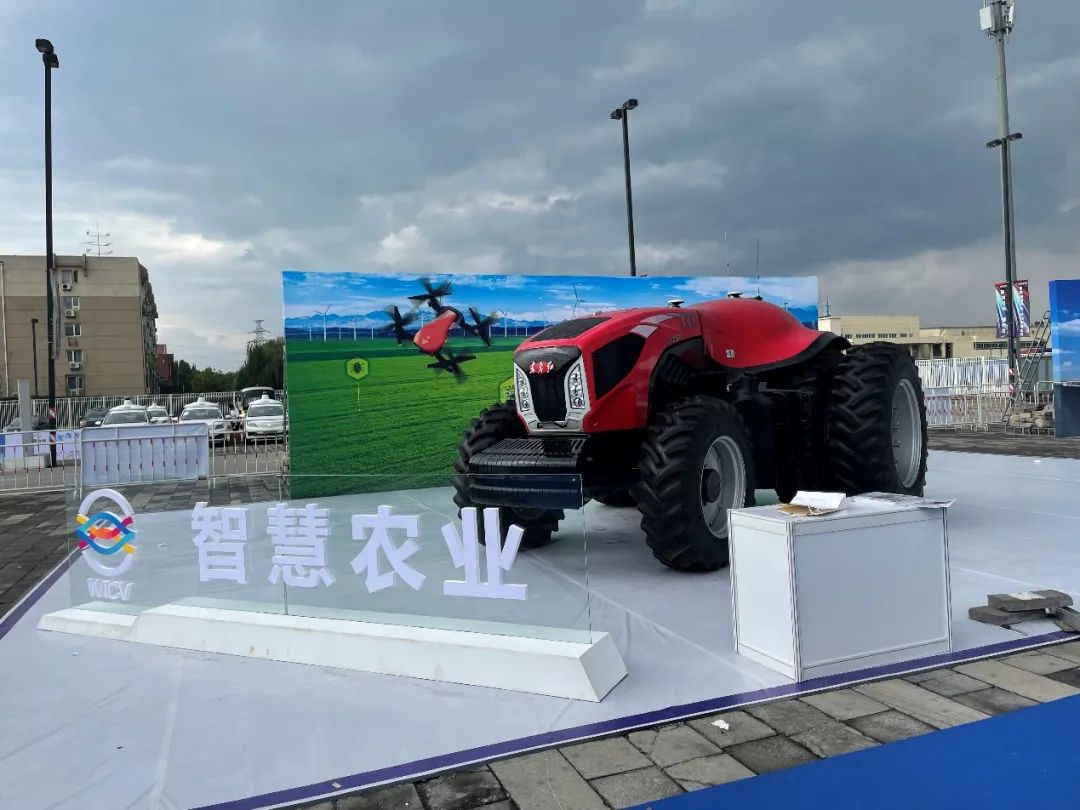
In short, although there are still many challenges in the field of autonomous driving technology for passenger cars, it may take a long time for everyone to truly own a car that can achieve fully self-driving.
As mentioned at the beginning, the changes brought about by autonomous driving may have already exceeded the scope of cars. The revolution has come, and to experience the charm of autonomous driving, you may not need to actually buy a car.
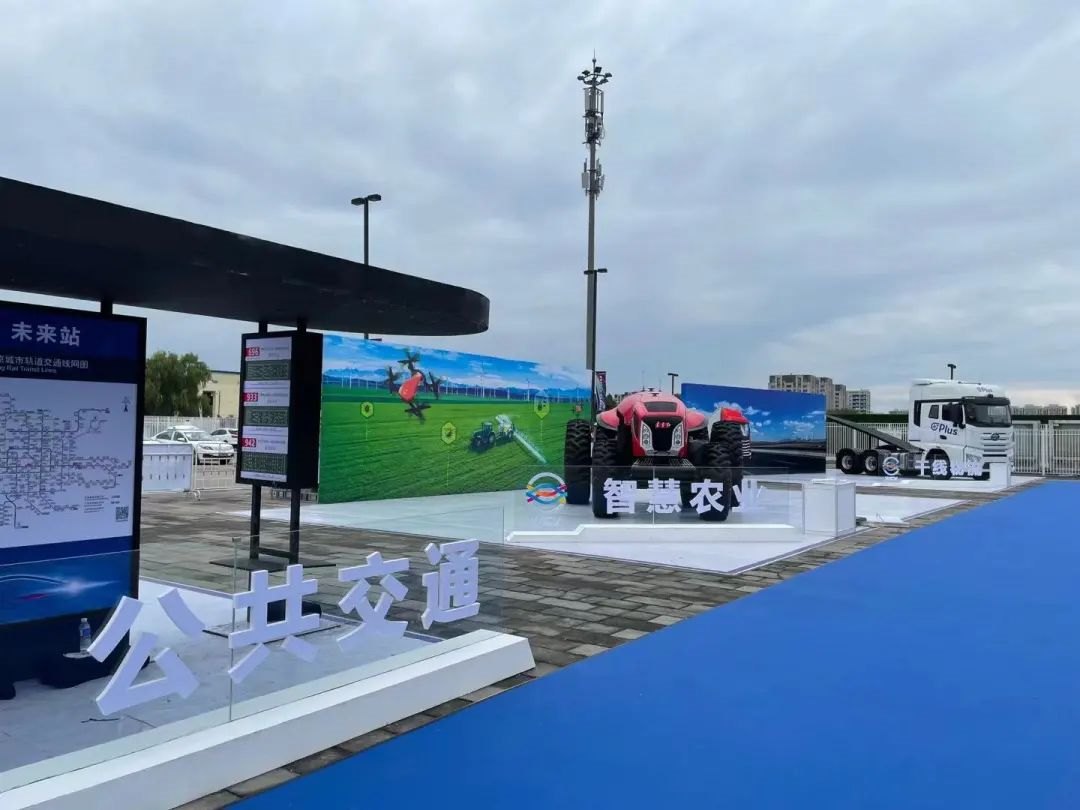
This article is a translation by ChatGPT of a Chinese report from 42HOW. If you have any questions about it, please email bd@42how.com.
